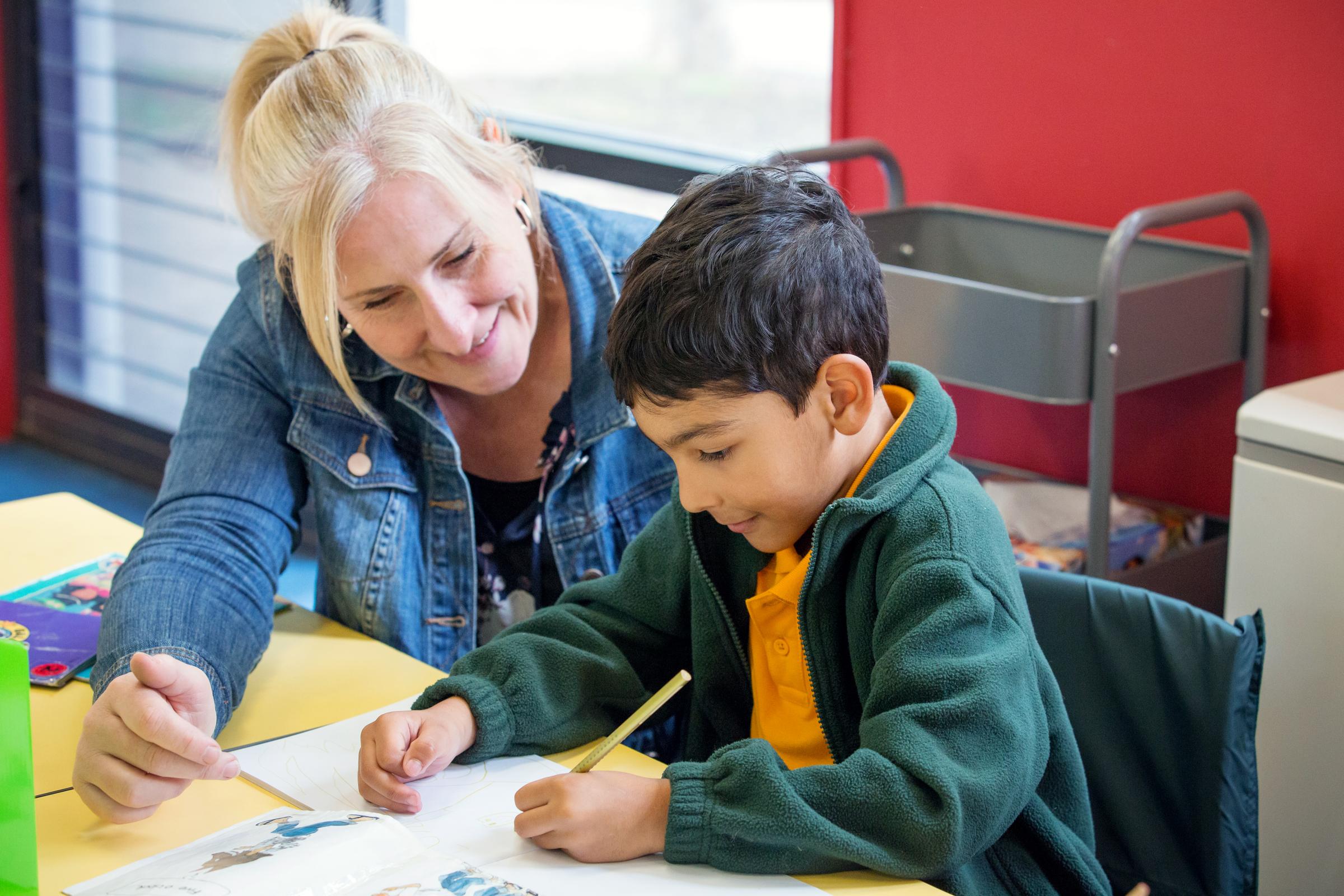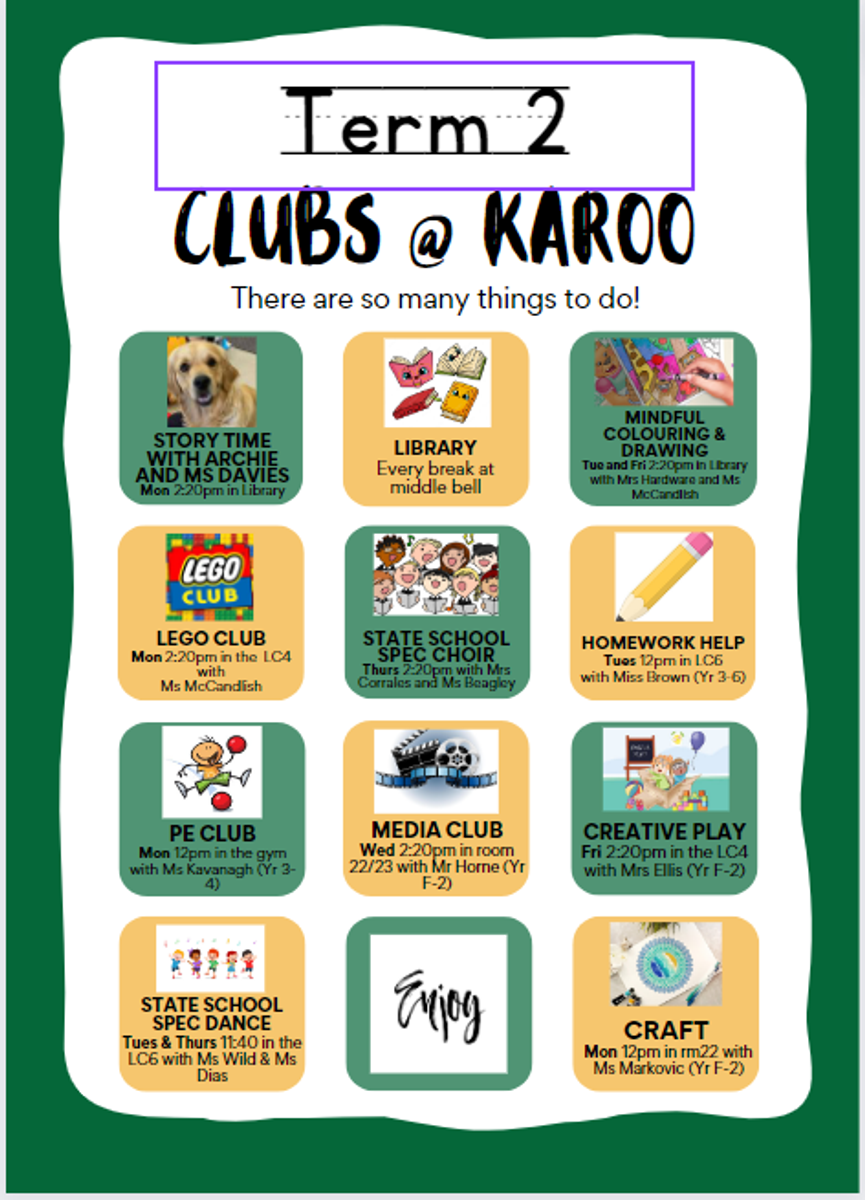Teaching and Learning
Mrs Peta Phillips - Acting Assistant Principal

Teaching and Learning
Mrs Peta Phillips - Acting Assistant Principal
Recently at Karoo PS, our teachers have been developing and refining their practice in facilitating effective conferences with all students. I wanted to share more information on what conferences look like in the classroom at Karoo PS, I am going to start with a reading conference.
A reading conference is a scheduled discussion between a teacher and a student, which draws upon the principles of dialogic teaching. The focus of the discussion is based around a text independently selected by the student. Texts are sourced from a range of 'just right' books which have been tailored to the learning needs and reading interests of each student.
A reading conference offers students the opportunity to:
Reading conferences allow the teacher to monitor students' reading. They provide formative data about the students' progress, this includes their decoding, fluency, meaning-making, level of reflection and engagement.
Reading conferences are an effective and individualised way to focus on an aspect of reading that will benefit each student such as the knowledge and understanding of:
reading strategies (e.g. rereading or self-correction)
A typical reading conference
A typical reading conference will take between 4-8 minutes and will occur while students are involved in reading or other independent work.
The teacher and the student both come to the reading conference prepared. The teacher has thought about the student, the reading goal and what may be the next step in the student's reading.
There is no set time between reading conferences, but the student does need to have had time to complete some reading.
A reading conference sequence
This sequence is circular and repeating.


I would also like to mention what great success we have had with our Clubs @ Karoo! All our students actively seek what Clubs are available for them to be a part of and have even suggested new Club ideas for the future, which is fabulous.
For your information here is the Term 2 Club schedule.
Have a wonderful weekend,
Regards,
Peta Phillips
Acting Assistant Principal

